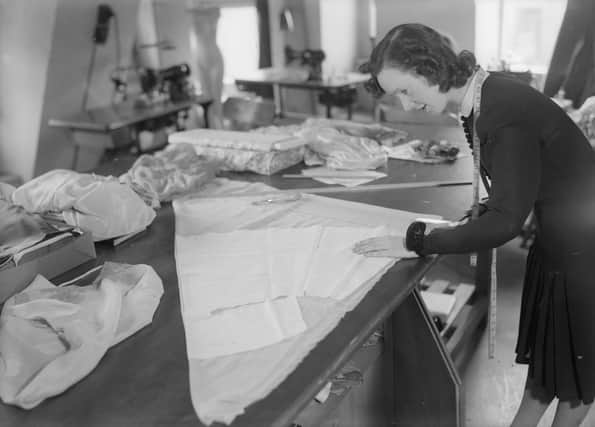A stitch in time – the almost lost art of dressmaking


In an age of mass-produced, off-the-peg clothes that are often as cheap as the pegs themselves, the domestic sewing machine has retreated to a niche position in the hobby room. But it is not so long since no self-respecting housewife was without one, nor since dressmaking skills were passed down from mother to daughter.
These pictures recall a time when sewing was not only a necessity in a climate of make-do and mend, but also a reliable source of much-needed extra income. Seamstresses, in an early example of home-working, would take on piece work from local factories, who sent people round to collect and deliver raw materials that needed stitching.
For most people, though, the ability to fashion a dress from a few lengths of cloth was simply a social skill, on a par with ballroom dancing. Running up a skirt at home cost a fraction of the price of one from the high street, and fashion houses turned out paper patterns by the hundred, which were used to pin as templates on to the fabric.
Advertisement
Hide AdAdvertisement
Hide Ad